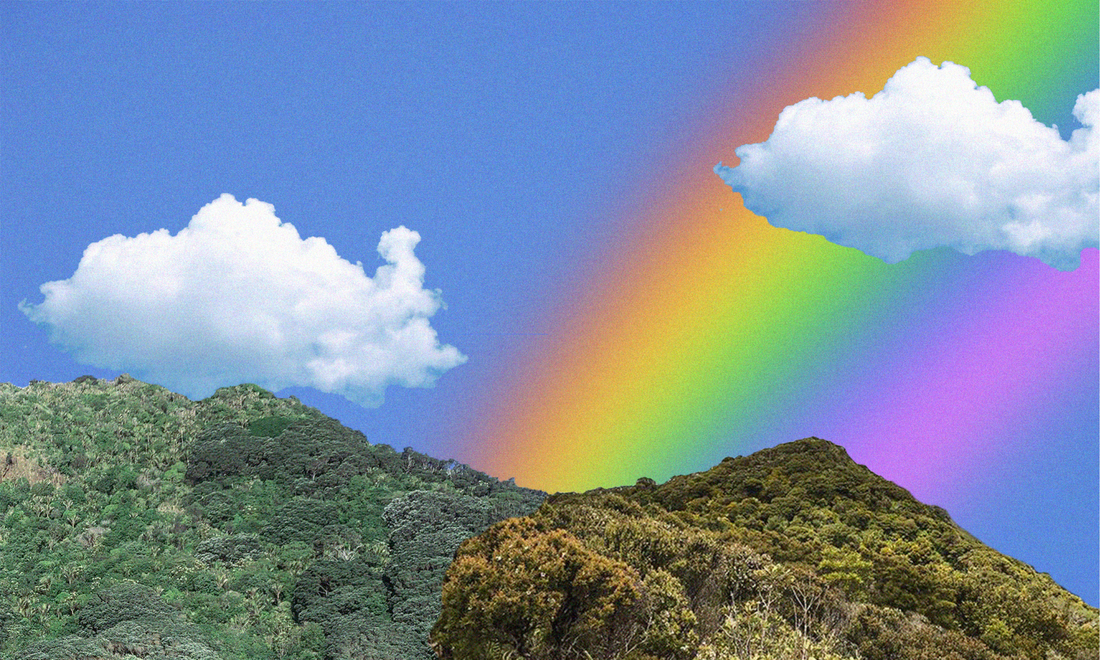
IWD, Intersectionality and Caring for Our Environment
This year, the UN International Women’s Day Campaign has a theme of “gender equality today for a sustainable tomorrow.” The campaign is seeking to recognise the contribution of those across the world who are responding to the climate crisis and building a more sustainable future for us all.
On first glance, it might not be obvious that gender and environmental sustainability are linked – but intersectionality teaches us that marginalisation and injustices are interconnected, whether they be injustices faced by communities or injustices faced by the climate.
For those of you new to the concept of intersectionality, here’s a quick 101: first coined in 1989 by Kimberlé Crenshaw, intersectionality is a framework that seeks to understand how aspects of a person’s identity intersect and combine to create different outcomes of privilege and oppression. Whilst Kimberlé Crenshaw created the term in a legal context during debates about race theory (you can read her paper here), the concept of intersectionality has now made its way to mainstream feminism and social justice discourse. If you’re still a bit confused about what intersectionality means, think about the issues that women face, such as harassment and gender-based violence, and how a queer woman of colour may experience these issues differently than a straight white woman; in the first instance, homophobia and racism may be tied up in the harassment, whilst the straight white woman will experience the misogyny but not the racism or homophobia. Now is a good time to point out that intersectionality isn’t suggesting that some oppressions are better or worse than others – instead, it seeks to bring light to the idea that oppressions are experienced differently, depending on the intersecting aspects of identity that a person holds.
So what, exactly, does this have to do with sustainability and gender? If we look at the effects of climate change, it’s clear that not all communities experience the effects of our climate crisis the same. Whilst some of us may simply notice a change of temperatures in the places we live, others are seeing their whenua, homes and taonga destroyed. Indigenous communities who have an intrinsic connection to the land are experiencing the effects in a different way to non-indigenous communities. Across the globe, women are proving to be more vulnerable to the impacts of climate change, as they make up the majority of the world’s poor.
That all brings us to the idea of Intersectional Environmentalism, a term which was inspired by Kimberlé Crenshaw’s work and which grew out of the BLM movement in 2020. Leah Thomas, the brainchild of the Intersectional Environmentalism movement, explains it as “an inclusive version of environmentalism that advocates for both the protection of people and the planet.”

So what could this look like for us here in Aotearoa? Gaining a collective understanding of how social issues and environmental issues are linked (an understanding that many Māori have always held, with Mātauranga Māori looking at connections and relationships between all things human and non-human and seeking to understand the whakapapa) would be one way to start. Listening to, and learning from, indigenous activists would be another.
Whilst the fight for social justice and environmental justice might feel daunting at first glance, adopting a Mātauranga Māori lens could help us to bring about positive changes for our communities and our environment in our everyday lives. When deciding whether to buy a piece of fast fashion, for example, we can consider the connection between the garment and its impacts on the environment and the surrounding communities, and we may choose to buy a product that’s long-lasting and local instead. Likewise, when managing our ikura, we may see that using sustainable period pants like AWWA help us avoid the damage to our environment that single-use products can cause whilst also helping us develop a more natural and positive relationship with our menstrual cycle.
The term Intersectional Environmentalism might be somewhat new – but the connections between the environment and the people is something that indigenous communities have always known. To have a sustainable tomorrow, maybe it’s time to draw from the knowledge of the past and re-learn how we can best relate to our world.

